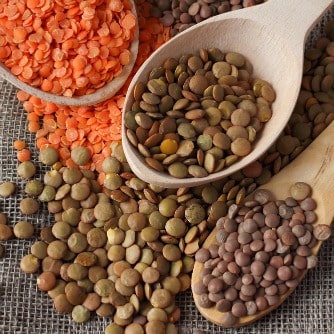It is estimated that one billion people globally suffer from selenium deficiency due to low dietary intake in countries where soil selenium levels are low. A legume that is low in calories, rich in fiber, and a good source of protein, lentils (Lens culinaris subsp. culinaris) may be an affordable and accessible food to supplement the mineral. Kadambot Siddique, from The University of Western Australia (Australia, USA), and colleagues assessed soil samples in Bangladesh and Australia to determine the concentration of selenium in lentil seeds. Seed selenium concentration in Bangladesh studies averaged 312 μg/kg compared with 200 μg/kg in Australia. In both countries, research showed that different varieties of lentils and the location they were grown in was a factor for seed selenium concentration. In Australia, they showed that applying 40grams per hectare (g/ha) of selenium directly on lentil plants during its reproductive stage increased its concentration in the seeds by more than 10 times from 200 micrograms per kilogram (μg/kg) to 2772 μg/kg. The study authors submit that: “foliar application [selenium] is an efficient agronomic approach to improve seed [selenium] concentration for lentil consumers.”
Lentils Lend Longevity
M. M. Rahman, W. Erskine, M.A. Materne, L. M. McMurray, P Thavarahah, D. Thavarahah, K.H.M. Sidiqque. “Enhancing selenium concentration in lentil (Lens culinaris subsp. culinaris) through foliar application.” The Journal of Agricultural Science, 27 June 2014.




